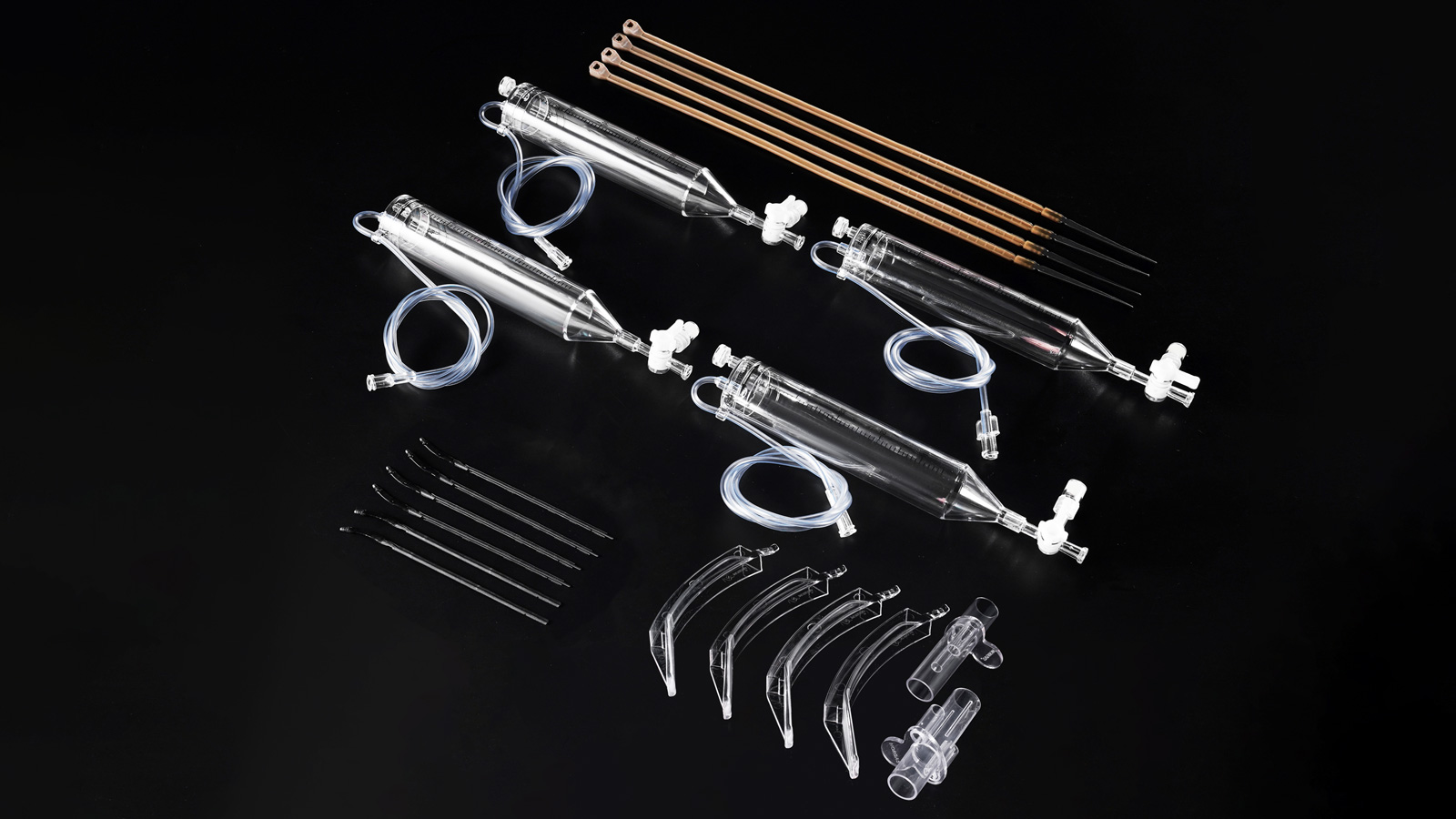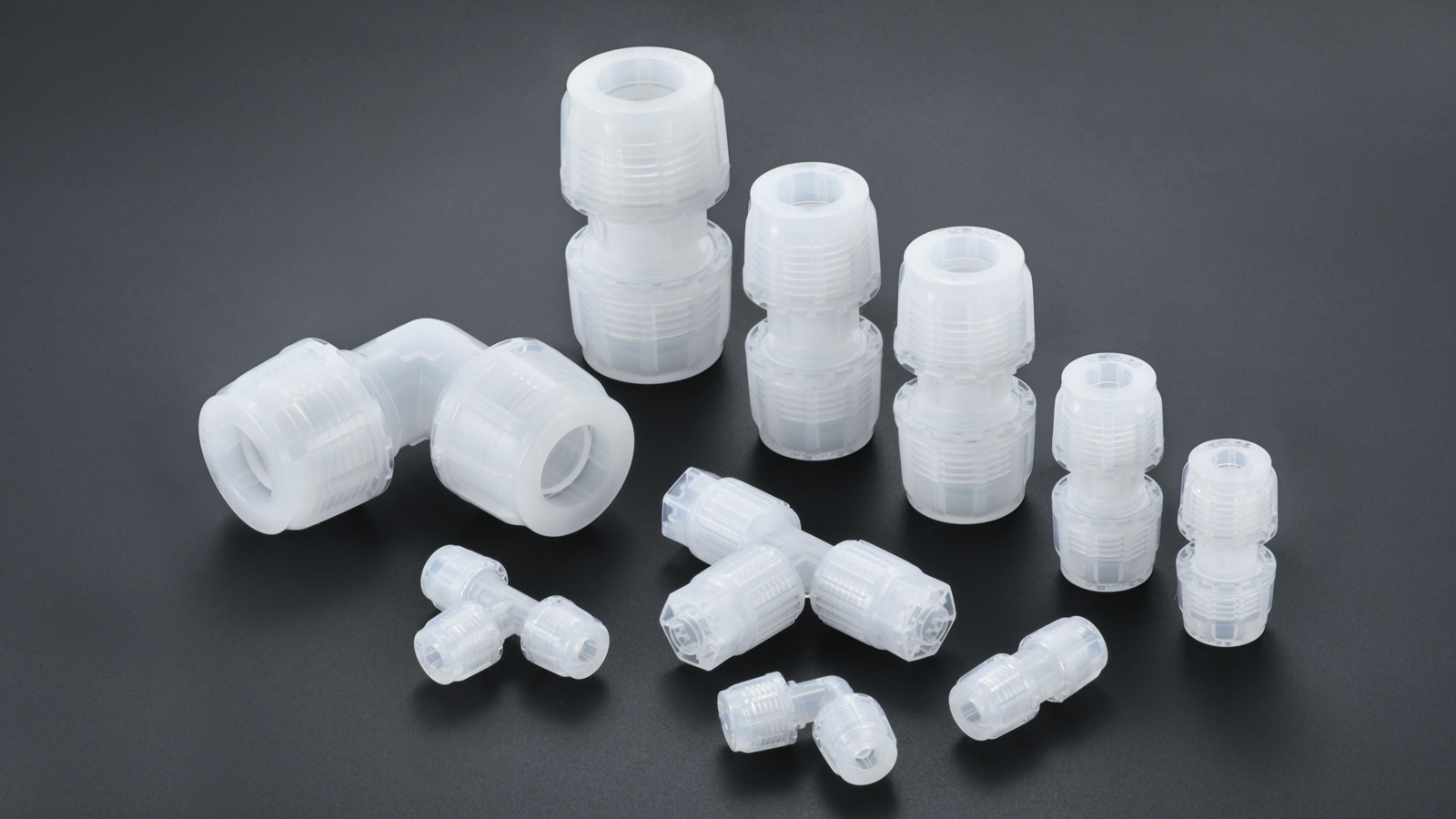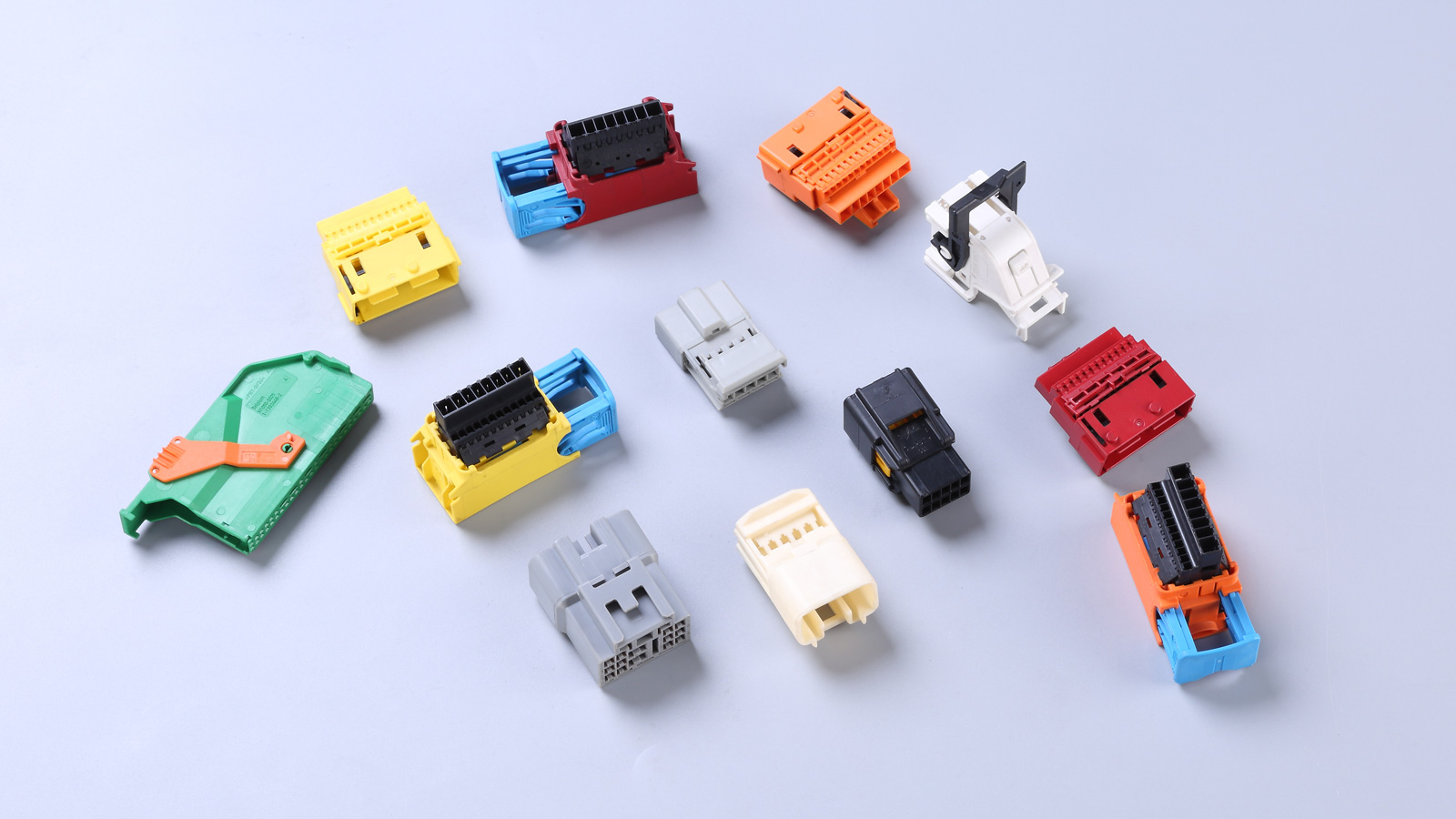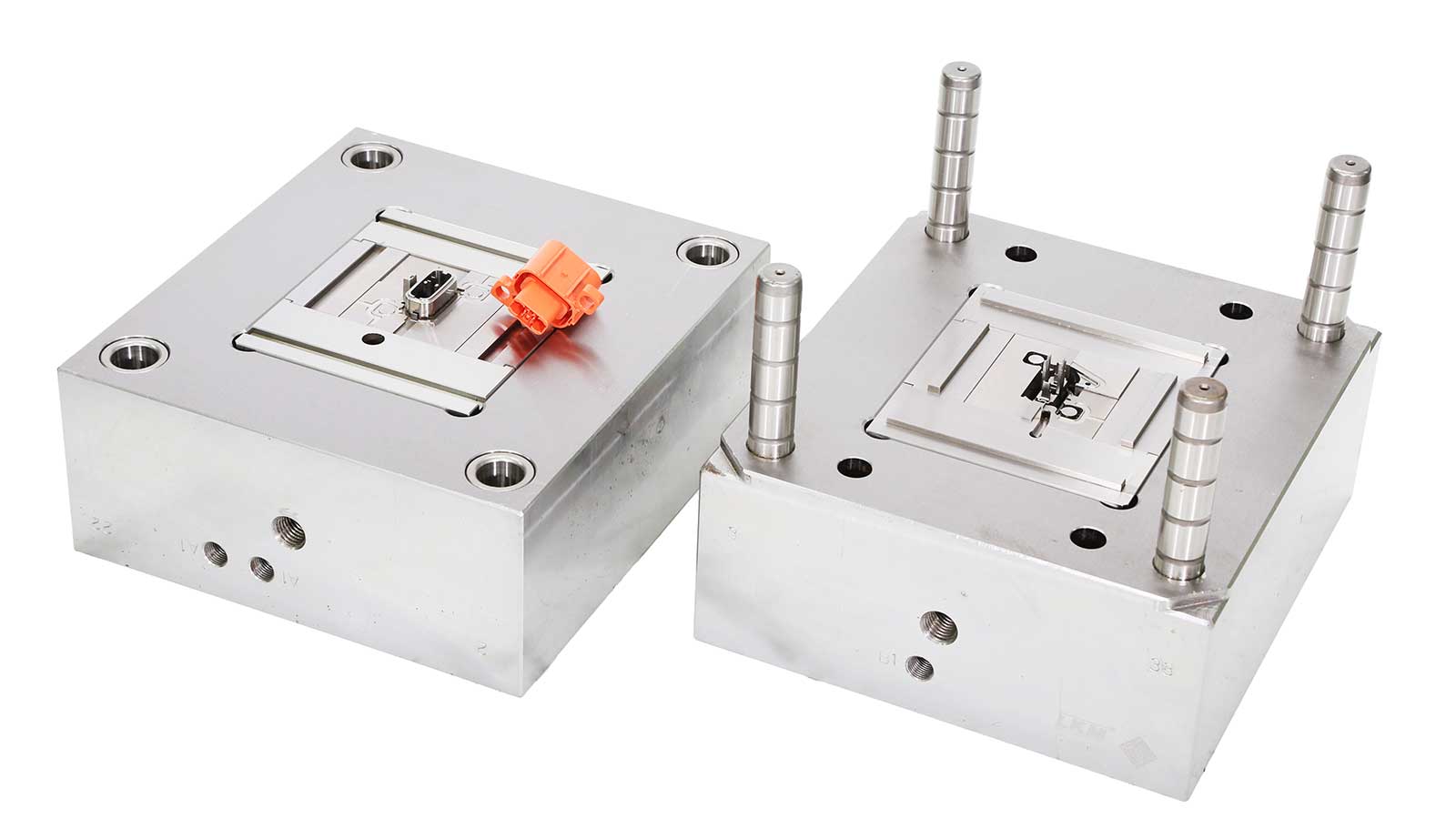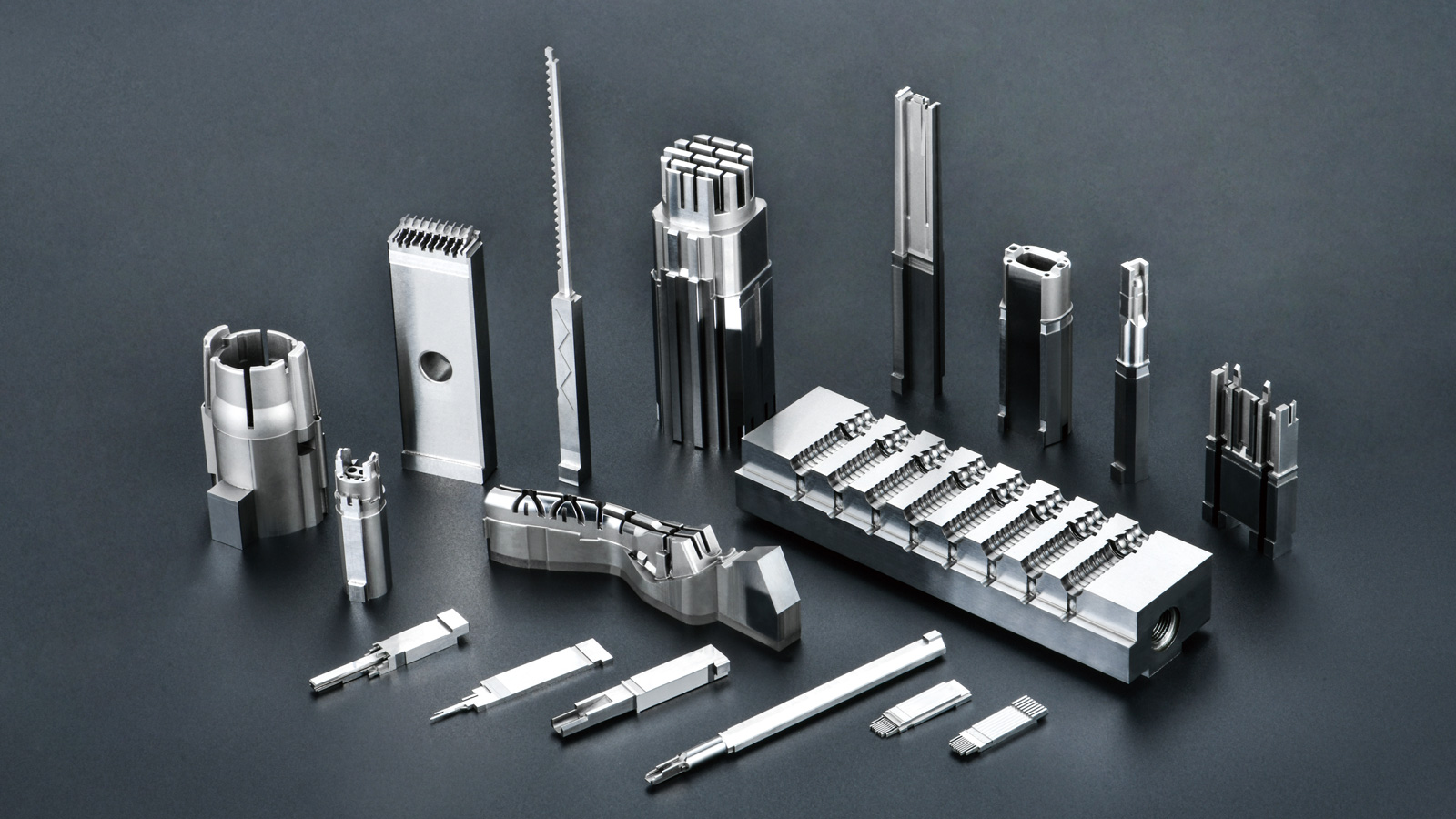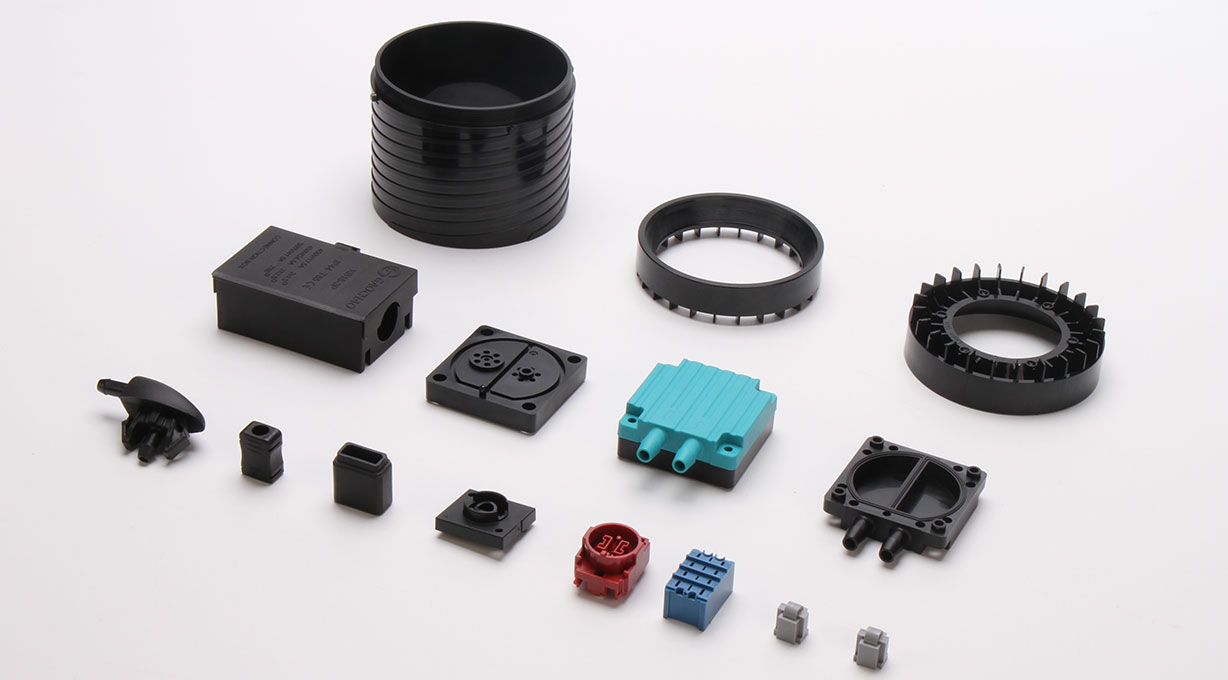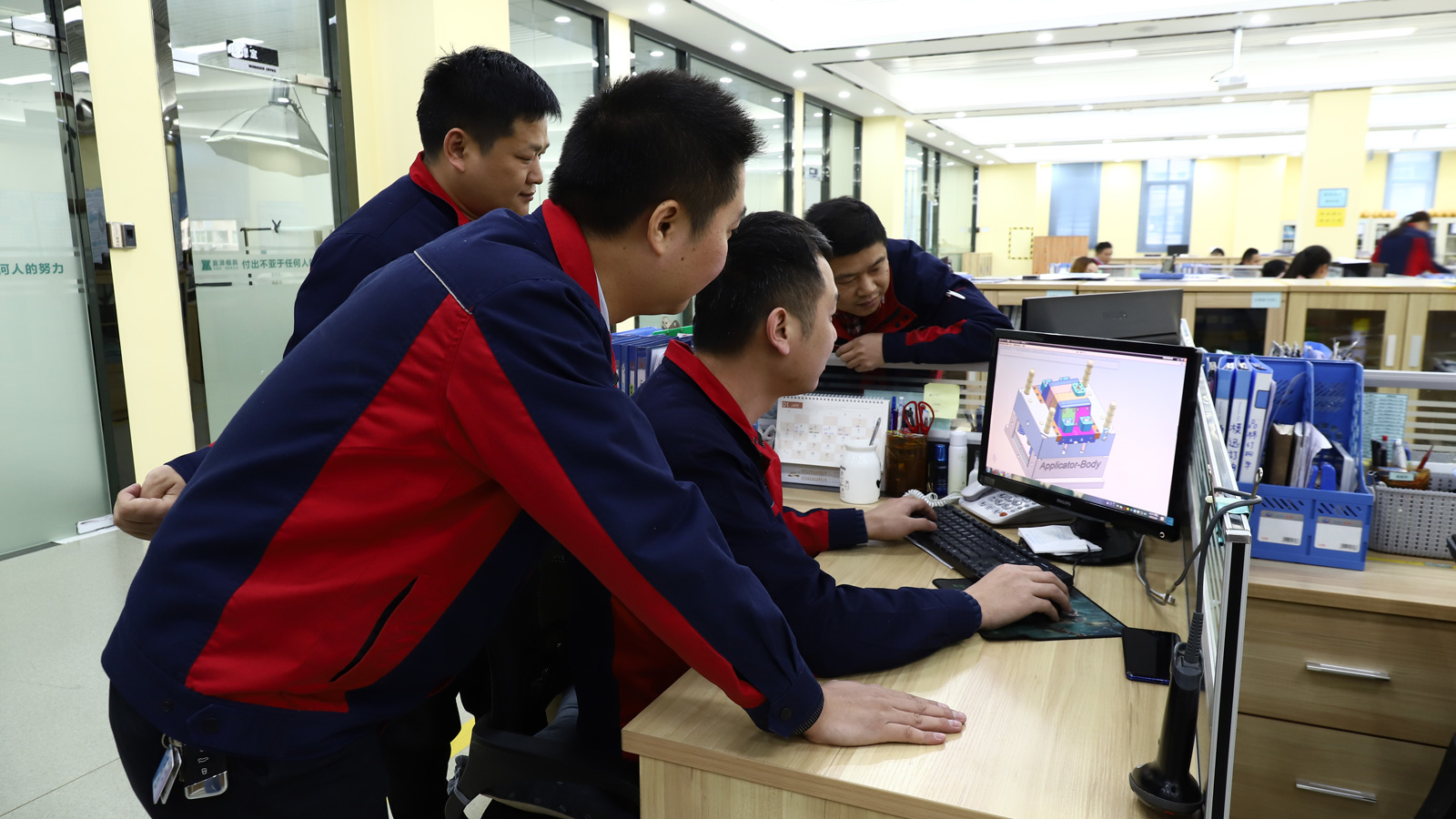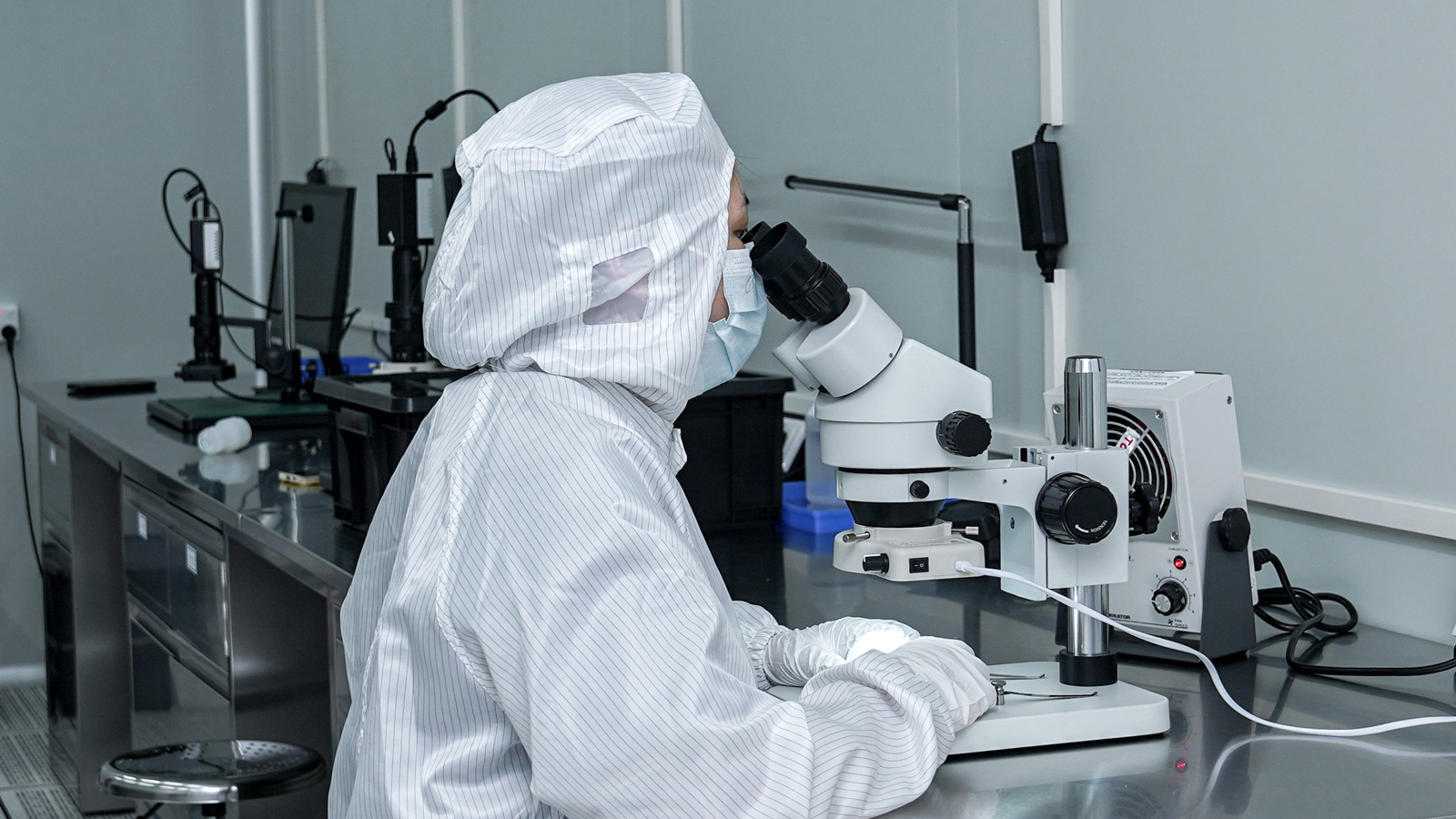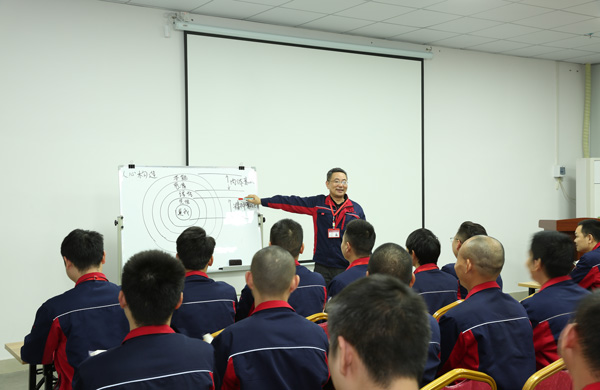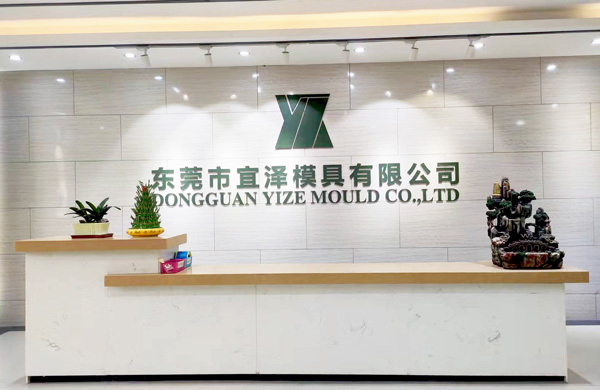I. Fundamental Constraints of PPSU Injection Molding
Polyphenylsulfone (PPSU), a high-performance engineering polymer, exhibits unique molecular characteristics that dictate stringent process requirements:
- Non-Newtonian Rheological Behavior
- PPSU demonstrates shear-thinning viscosity (η∝γ⁻ⁿ, n=0.4–0.6) within its processing window (280–340°C).
- Critical thresholds:
- Thermal degradation: Melt temperature >350°C or shear stress >0.35 MPa induces β-scission, reducing impact strength by 40% and biocompatibility compliance risk.
- Crystallization kinetics: Cooling rates >80°C/s limit crystallinity to <15%, necessitating pressure-induced molecular orientation.
Engineering Implications: Pressure control must transcend conventional “fill-pack” dual-stage logic, integrating rheological, thermodynamic, and crystallization dynamics into a tridimensional optimization framework.
II. Core Technical Pathways for Pressure Regulation in PPSU Injection Molding
1. Filling Stage Pressure: Overcoming Critical Shear Constraints at Melt Fronts
- Thin-wall components (≤0.8mm): 120–180 MPa peak pressure with segmented pressure decay (e.g., 150 MPa → 90 MPa).
-
Thick-wall components (≥2.5mm): Step-down pressure packing (120 MPa → 90 MPa → 60 MPa) with total packing time ≥15s.
-
Pressure Fluctuation Mitigation
Servo-driven closed-loop pressure systems must maintain stability within ±1.5% to prevent:- Silver streaking (microcrack density >5/mm²)
- Residual stress (birefringence >0.01)
2. Packing Stage Pressure: Balancing Crystallization Kinetics and Shrinkage Compensation
- Thin-wall components: 80–100 MPa constant pressure with t=0.8×thickness² (s).
-
Thick-wall components: Multi-stage pressure decay (e.g., 120 MPa → 90 MPa → 60 MPa).
-
Dynamic Pressure Compensation
Addressing PPSU’s delayed crystallization shrinkage via:- Delayed packing (0.3–0.5s pressure initiation)
- Real-time pressure decay monitoring (triggering boost when ΔP/Δt >0.5 MPa/s).
3. Backpressure Regulation: The Hidden Battlefield for Melt Homogeneity
- Backpressure-Density-Defect Triangle
PPSU melt density (ρ=1.29+0.0015×P_back, g/cm³) increases linearly with backpressure, but risks arise when:- Backpressure >8 MPa: Screw shear heating causes temperature fluctuation >±5°C.
- Residence time > critical degradation index (RDI=t_residence×e^(0.03×T) >1.2).
- Three-Stage Backpressure Strategy
Stage Backpressure (MPa) Mechanism Initial metering 3–5 Air purging, melt sealing Mid-metering 6–8 Molecular disentanglement Final metering 4–6 Stress release, screw surge prevention
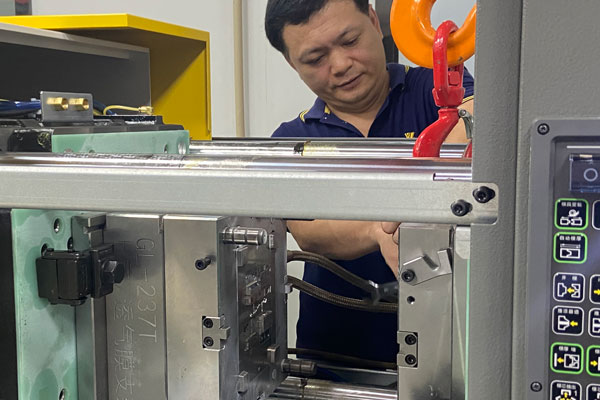
III. Failure Mode Diagnosis and Engineering Countermeasures
1. Correlation Between Defects and Pressure Anomalies
| Defect Type | Pressure Abnormality | Solution |
|---|---|---|
| Weak weld lines | Peak filling pressure <110 MPa or packing interruption | Multi-stage pressure boosting (130% pressure at weld zones) |
| Internal stress cracks | Pressure gradient >25 MPa/mm or uneven cooling | Pressure-temperature synergy control (pressure decay ≤5 MPa/s) |
| Flow marks | Injection speed oscillation (ΔP >30 MPa) | Five-stage velocity-pressure coupling curve (speed fluctuation <5%) |
| Flash/burrs | Insufficient clamp force or pressure overload (P >220 MPa) | Recalculate projected area pressure (P_clamp=P_inj×A_proj/A_total, 15% safety margin) |
2. Online Monitoring and AI-Driven Control Systems
- Pressure Sensor Arrays: Deploy piezoelectric sensors at gate, runner end, and cavity extremities for real-time pressure mapping.
- LSTM-Based Fault Prediction: Extract pressure curve features (peak, decay slope, oscillation frequency) to achieve:
- Degradation risk warning (8–12 cycles early warning)
- Self-optimizing parameter adjustment (<0.5s response time)
IV. Industrial Practices: From Lab to Mass Production
Case 1: Infant Feeding Bottle (2.2mm Wall Thickness)
- Issue: 12% drop test failure rate due to internal stress.
- Solution:
- Filling: 150 MPa peak pressure + 5-stage decay
- Packing: 120 MPa → 90 MPa → 60 MPa
- Backpressure: 7.5 MPa dynamic compensation
- Outcome: 65% internal stress reduction, 99.7% drop test pass rate, 18% energy savings.
Case 2: Hemodialyzer Housing (0.6mm Wall Thickness)
- Issue: 78% first-pass yield due to short shots and dimensional variance (CPK <1.0).
- Solution:
- Injection velocity: 120 mm/s → 40 mm/s (segmented control)
- Packing pressure: ±0.8 MPa closed-loop control
- Delayed packing: 0.4s initiation
- Outcome: 95% first-pass yield, CPK=1.67, annual cost savings $2.3M.
V. Future Paradigm Shifts of Pressure Control in PPSU injection molding
- Supercritical Fluid-Assisted Injection: CO₂/N₂ microfoaming reduces melt viscosity by 30–50%, cutting pressure requirements by 30–40%.
- Magnetorheological Smart Molds: Embedded magnetorheological fluid layers enable dynamic local pressure gradient adjustment (<10ms response).
- Digital Twin Pressure Mapping: CFD-DEM coupled simulations predict pressure fields, reducing trial cycles by 70%.
Dongguan Yize Mould Co., Ltd. was founded in 2007, is headquartered in the manufacturing capital of Dongguan, convenient transportation and logistics, is engaged in many years in the design and manufacture of precision molds and precision medical injection moulding products manufacturer, the company focuses on the automotive connectors, medical products medical injection moulding, dust-free plastic medical injection moulding, custom medical injection moulding of PFA products such as design, precision mold manufacturing, medical injection moulding and assembly, after-sales service as a whole set of solutions. You can contact us via Email [email protected] or WhatsApp +86 13302615729 !
